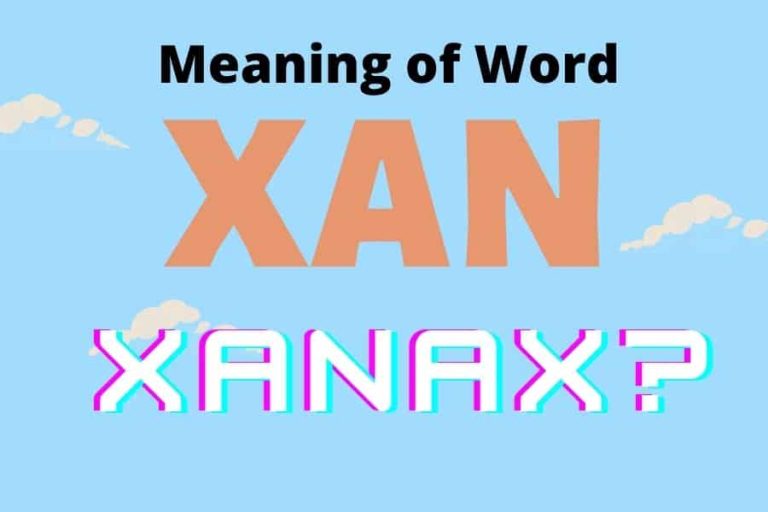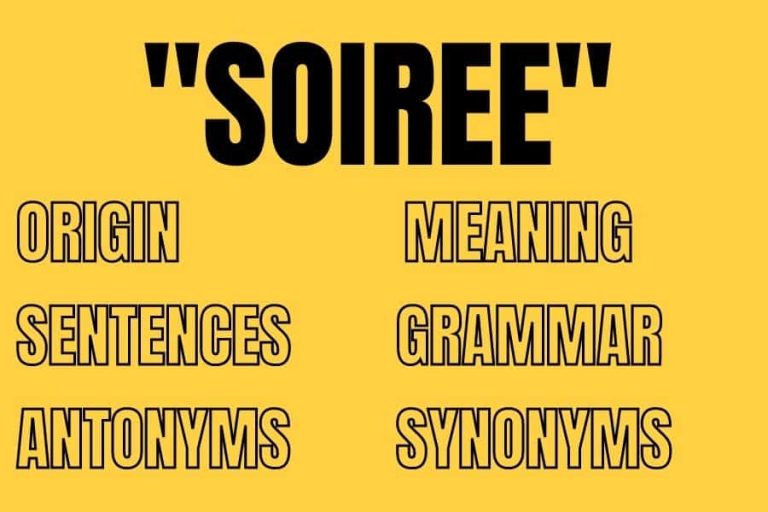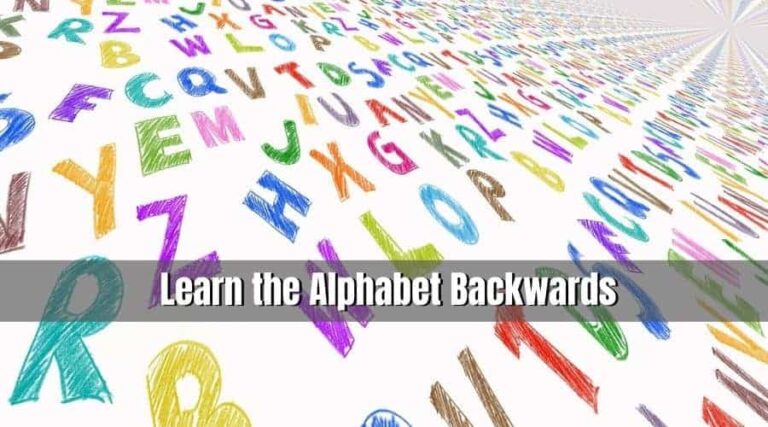You might be wondering what does the Spanish phrase ¿Que tal? mean in English. This article will break down the meaning of this question, which you may have heard while traveling to Spain or Mexico!
First, let’s start with a simple definition of what que tal means in general: It is an informal greeting that can be translated as “How are you?”.
¿Que tal is the equivalent to Hi/Hello in Spain.
Que tal = How are you? or Hi! or Hello!
(Spanish translation)

Origin of the Spanish Phrase ¿Que Tal
The origin of “¿Que tal” comes from Latin which means how are you. This phrase is among one of the many common terms used in Spanish, and it’s often used as a casual greeting between friends and family.
So the correct translation of “¿Que tal?” is: Hi or Hello.
The question word “que” is preceded by the verb phrase “tal” which expects an answer such as good, fine, busy, etc. The literal meaning of this phrase in English is “how are” followed by a verb that could be either past or present tense.
Examples:
– How are you? – Que tal ?
– How is it going?
– Bien, y tu? (Spanish: Fine, and you?).
Reply: “Todo bien. Y tu?” (Fine. You?) or just “Todo bien” (All good)
¿Que Tal? Meaning
The phrase “¿Que tal?” is a short, casual way to ask how someone is doing. The literal translation of the phrase into English is “what’s up?,” though it can be used as a greeting as well as a question. In terms of grammar, “que” means what and “tal” simply refers to things or matters. So, the phrase “Que tal?” is asking about the state of someone’s matters or things.
The question can be interpreted as simply asking how someone is doing, but it may carry an undertone of greeting depending on the context in which it is said. For example, if you’re walking down the street and see a stranger who says “Que tal?” you may interpret it as a greeting, but it’s more likely that they’re just asking how you’re doing.

The phrase can be used with or without the formal/informal command form of “tú” (you), but using this form is preferred when talking to someone who is much younger than the speaker or when speaking to strangers.
For example, if you’re talking with a friend who is younger than you are, it would be appropriate to say “Que tal?” without the “tú” command form of the verb. If you were talking with someone whom you didn’t know or someone older than yourself, however, it would be better to use the formal/informal command form of “tú.”
Que Tal? Usage
The phrase is usually used in casual situations such as when talking with fellow students, speaking to friends, or making small talk. It can also be used when greeting someone you don’t know well or whom you see on a regular basis; for example, you might say “Que tal?” to a cashier or other salesperson with whom you interact on an occasional basis.
The phrase is not commonly used in formal situations such as when speaking to someone of higher status, such as your boss at work, and should only be used when speaking informally.
How do You Spell ¿Que Tal?
The phrase can be spelled with or without the period, but it is most commonly written as “¿Que tal?” since the question mark makes it clear that it’s a question.
What is the Plural of Que Tal?
There is no plural form of this expression. The singular “¿Que tal?” works for any number of people you’re asking about.
How to Use Que Tal?
To properly use the phrase, simply follow it with a question mark and then ask how someone is doing. For example, you can say “¿Que tal?” and then wait for them to reply. If they say they are doing well (or something similar), you can respond with “Todo bien, ¿y tú?” (All good. And you?).
Because the phrase can be interpreted as simply asking how someone is doing or as a greeting, it would not be appropriate to respond to with just “Bien” because that doesn’t convey any information about how you’re actually doing. Instead, you must reply with “Todo bien” or another positive affirmation to show that you are doing fine.
This phrase originated in Spain, so it is most common to hear “¿Que tal?” in areas where Spanish is regularly spoken. In fact, the phrase has been picked up by English speakers who have moved from Latin America back to the United States or who are of Latin American descent. As such, it can be heard spoken in English throughout the U.S., but is not as common as it is in Spanish-speaking countries.
Read: Best Books on ESL for Teachers
Que Tal? Related Phrases
While there are many expressions that work similarly to “Que tal?” here are some alternative phrases that can be used:
¿Cómo andas? – How are you (informal)?
¿Cómo estás? – How are you (formal)
¿Qué hay de nuevo? – What’s new?
¿Cómo va todo/todo bien? – How is everything/is everything going well?
¿Qué pasa? – What’s up?
¿Cómo está todo/todo bien? – How are things/are things going well?
¿Que tal, buen día. / ¡Hola! – How are you (informal), good day. / Hello!
What’s new? How’s everything going? What’s up? How are things/are things going well? Are you doing alright? How is everything/is everything going well? Are you coming along/going out later on tonight/ok with that plan? Are we still on for tomorrow night/this Friday night?
Similar phrases: How’s it going? Whats up? Whats new? How are you doing? What have you been up to lately? Whats going on with you guys, whats up with that plan later tonight, is everything ok with that plan for this Friday. Is the party still happening tonight or what?
In English, the phrase “Que tal” is generally understood to mean “How’s it going?” or “What’s new?”, however there are a few specific groups of people who interpret the phrase differently.
In addition, they may use different regional spellings and/or words for part of the phrasing. These include:
1. Filipino English Speakers: In the Philippines, there are two equally correct spellings – “Kae tal” or “Kay tal”. The phrase is used to ask how someone is doing or informally to say hello.
2. Puerto Rican English Speakers: In Puerto Rico, both spellings are used but the phrase also means “What’s up?” or “How are things?”.
3. Mexican Americans/Spanish Speakers in the U.S.: Here, it is common to hear “Qué onda” which means “what’s going on”. This is informal and conversational only. For formal situations, the phrase should be translated to Spanish if possible.
In all cases, the phrase is used to ask how someone is doing or say hello. While you can follow it up with a question mark and then a sentence, it’s more common to simply use the phrase on its own followed by an ellipses.
For example: “Que tal” … “Pretty good, you?” In conversational English, you can also use the phrase with “What’s new?”, so it would be appropriate to say “Que tal, what’s new?”
A |Hey! What’s up?|B. Not much. U?|A. I’m doing alright…how about you?
¿Que tal?, ¿y tú?/¿Cómo andas?, ¿y tú?
Que tal, buen día. / ¡Hola!
¿Qué onda, qué hay de nuevo?
Todo bien, ¿y tú?
All good, and you?”
“What’s new? Whats up?”
“I’m good, what about you?”
A great way to learn more conversational phrases for “Que tal” is … etc.
Read: What is Better — Translating English to Spanish or Spanish to English?
Conclusion
Conclusion paragraph: Que tal? is a common greeting in Spanish that can be translated to “How are you?” or “What’s up?”.
This phrase may seem simple, but it has deep roots.
In the 1500s, traders from Britain and France would greet each other with this phrase as they traded goods across the Atlantic Ocean. The usage of que tal was popularized by Spaniards who traveled back and forth between Europe and South America during colonial times.
“Que tal?” can be used as an informal way of saying hello and asking how someone is doing.
If you want to use this phrase in your daily life, it’s best to ask permission before using it with people who are not close friends or family members. Que pasa? How have you been lately?
You can find the difference between the Spanish phrase Que Tal? vs Como estas? on spanishdict.com.
Hope you have found this information on the Spanish Phrase Que tal helpful. If you want to add something to this article titled – What is the Meaning of the Spanish Phrase “Que tal?” in English?, you can always drop us an email with your suggestions.
Recent Articles:
- Master Self-Discipline: Transform Your Life in 2025 with These Essential Strategies!
- Ebook Design for Children’s Books: Capturing Young Minds Visually
- Expanding on the Value of Professional Fashion Design Services
- Get Custom African American Character Illustrations with Any Hairstyle
- Transform Your Look with Rasaline’s Expert Hairstyle and Fashion Advice




![What is Better — Translating English to Spanish or Spanish to English? [Analysis] 7 Translating English to Spanish or Spanish to English](https://moneymintz.com/wp-content/uploads/2021/10/Translating-English-to-Spanish-768x427.jpg)

